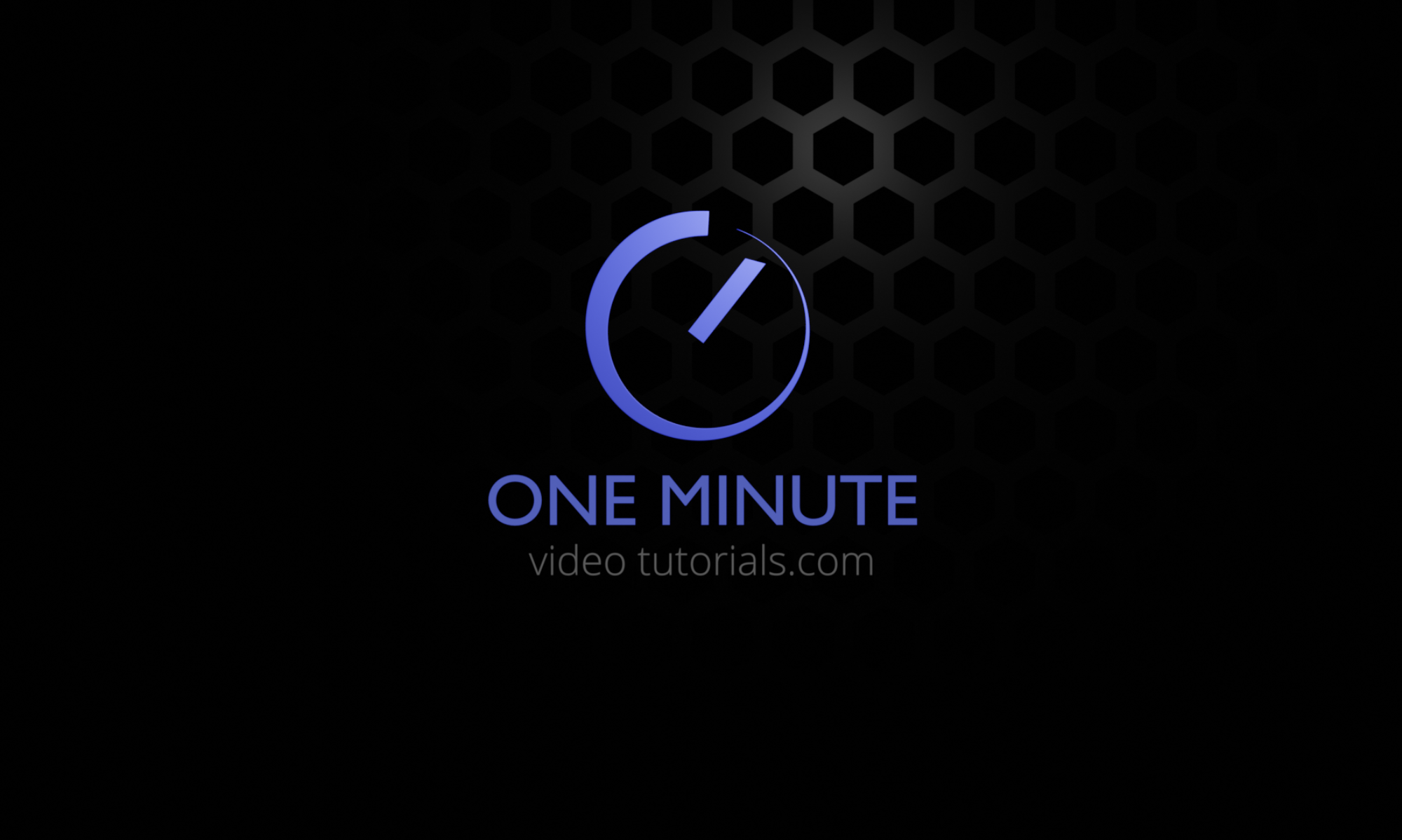Have you noticed how it can sometimes be difficult to select the right thing in Blender? You might for example need several clicks to select the object you want in object mode. That’s because Blender will take into consideration each object that is underneath the cursor when you click. Here are some tips that might help make selecting the correct object a little bit less frustrating:
Tip 1:
Hold down the alt-key when you right-click on an object. This will open up a selection menu which allows you to see all the objects that were under your cursor when you clicked. This will also work even when adding to an old selection, so that if you hold down shift and alt it will let you add the new object from the list to the current selection.
Tip 2:
See if changing the selection depth engine helps. You can find the option under Preferences –> System –> Selection. There you can test both “OpenGL Occlusion Queries” and “OpenGL Select” to see if one works out better for you.
Tip 3:
See if holding down the control-key while selecting helps. That will disable the depth check and select the object which origin is the closest to the mouse cursor during the click.
Tip 4:
Sometimes it can be really difficult to see the objects you have selected because the outline can be so thin. Luckily you can increase the outline width/thickness by going to preferences –> Themes –> 3D View and changing the “Outline width” property.
